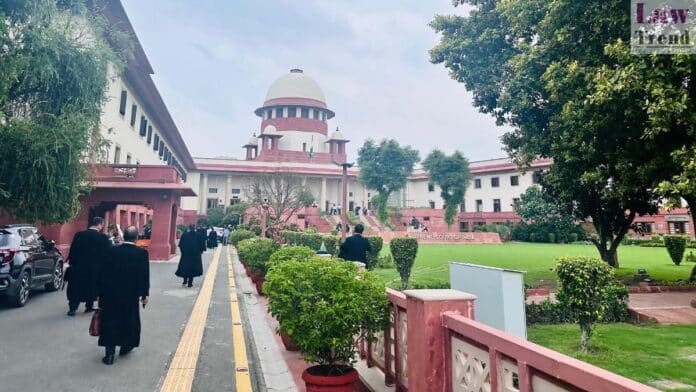The Supreme Court of India, in a significant ruling on stamp duty law, has held that an instrument titled “Security Bond cum Mortgage Deed” executed by a principal debtor to secure its own contractual obligations is chargeable to stamp duty as a mortgage deed under Article 40 of Schedule 1-B of the Indian Stamp Act,
To Read More Please Subscribe to VIP Membership for Unlimited Access to All the Articles, Download Available Copies of Judgments/Order, Acess to Central/State Bare Acts, Advertisement Free Content, Access to More than 4000 Legal Drafts( Readymade Editable Formats of Suits, Petitions, Writs, Legal Notices, Divorce Petitions, 138 Notices, Bail Applications etc.) in Hindi and English.







